
 Instagram
Instagram
Related products
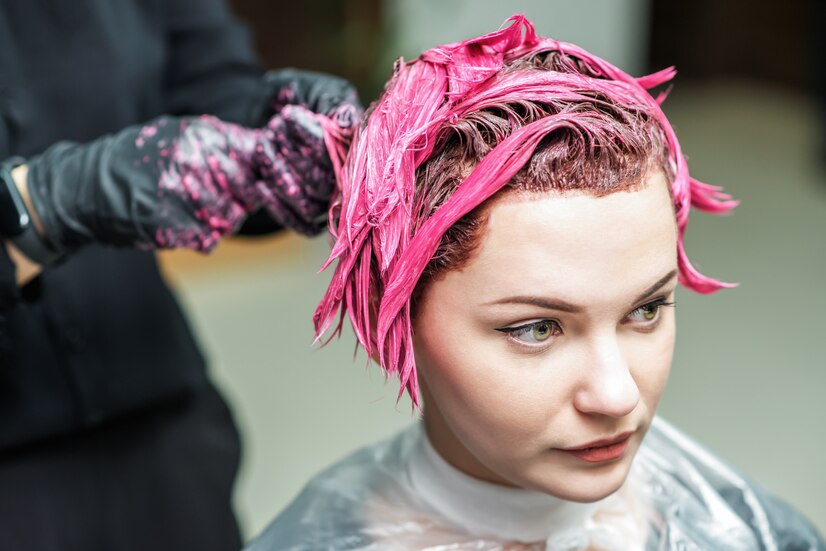
Related products
Changing hair colour gives many people the sense of adventure and these days many people are experimenting on their hair either at home or at a hair salon. And at times accidental exposure to hair dye from this thrilling beauty regimen can occasionally result in stains on one's skin. The palms, ears, forehead, and neck are frequently the places where these undesirable marks can appear.
Understanding what this hair dye is composed of chemically is necessary so we get a better insight to why it stickers to our skin and also to figure out ways to remove it from our skin. Ammonia and hydrogen peroxide, two of the main ingredients, open up scalp follicles to efficiently penetrate and lengthen the pigments in dyes. So when these substances are handled carelessly, they unintentionally adhere to epidermal cells, resulting in discolouration.
Depending on our skin types there are different staining patterns due to factors like length of exposure and unique characteristics; porous or dry skin usually absorbs colour more quickly than supple or oily complexions, intensifying the staining.
Reputable dermatologist Dr. Julia Tzu says, "People forget how absorbent our body’s largest organ (skin) is." She adds,"Our complexion acts like a sponge soaking everything applied over it including semi-permanent molecules contained in synthetic tints". Dr. Tzu advises exercising caution while applying cosmetics on oneself, raising the possibility of long-term effects from repeated discomfort."
Methods to Remove Hair Dye from Skin

Soap and Water

A simple household item that can be used as a first line of defence when a hair dye stained our skin is soap and water. We can use it to gently extract freshly imprinted colours from epidermal surfaces before they have an opportunity to sink deeper into cutaneous layers. The process simply involves starting with lukewarm water and non-abrasive soap. It is imperative that new stains are not postponed or ignored; trying to remove the dye as early as possible helps to prevent stubborn tint remnants that may become more difficult to remove over time. Using a circular motion when cleaning maximises efficacy and ensures that treated regions experience the least amount of irritation.
Makeup Remover
Makeup wipes offer a practical solution to the problem of hair colour stains and are a useful instrument for removing these stains from the skin. As makeup wipes are made deeply soaked in cleansing solutions so they can remove cosmetic residue from the skin surface, they work well to address light dye discolourations. If you gently touch the affected areas, you can confine and remove colour particles that have attached to the epidermal cells. Depending on the extent and timing of wipe intervention, this can result in stain diminishment or even complete removal of the stain.
Baking Soda and Dish Soap
Hair colour stains on skin can be effectively removed with a scrub made of baking soda, a mildly abrasive substance with many household uses, and dish soap's cleaning qualities. Dish soaps' grease-cutting properties work tirelessly to dissolve stubborn colour molecules that are deeply ingrained in pores, guaranteeing quick stain removal during mild circular motion that promotes a healthy, refreshed skin appearance when treatment is over. Meanwhile, the magic of baking soda lies in its ability to remove discoloured layers with a gentle exfoliation that causes no pain or harm.
Olive Oil or Baby Oil
It has been demonstrated that using natural oils, such as olive and baby oil, can effectively lessen the skin-staining effects of hair colour. These oils are rich in emollient characteristics, and they work by cellularly releasing the colour pigments to aid in their removal. Olive oil and Baby oil deliver dual benefits: they often offer moisture advantages after consumption and are mild remedies for sensitive skin. Since these treatments don't often work instantaneously, like chemical removers do, it's crucial to remember that persistence and patience are key to achieving the intended effects.
Toothpaste

Toothpaste is a simple household item that can be found in all our homes. But its importance goes beyond maintaining good dental health, in fact it can be used as a moderately abrasive tool to remove stubborn stains. Its gentle exfoliating properties go a long way towards safely eliminating hair dye from the skin's surface. The discoloured area can be efficiently cleaned of these unsightly pigment deposits by using a small amount and gently wiping it with an old toothbrush or washcloth. After completing this process, you should thoroughly rinse your skin to remove any remaining unwanted artificial colouring residue.
Vinegar and Baking Soda
Vinegar and baking soda combine to make a simple yet effective scrub that removes hair dye from skin. Equivalent parts produce an alkaline solution that functions as an exfoliator and relentlessly breaks down pigments on the skin's outer layer, providing scientific evidence for the mixture's efficacy. It is simpler to complete the rinse-off process after the scrub application has gently removed any embedded dye particles. In using this remedy for hair dye removal from the skin we need to be cautious and immediately moisturise our skin after using a scrub to replenish its natural moisture content and prevent any potential dryness that might have resulted from the natural acid-base interaction of the washing mixture.
Rubbing Alcohol
For skin stained by dyes, stronger cleaning solutions are usually needed in addition to soap and water. Rubbing alcohol is a simple household item that can be used to loosen stubborn colour molecules that have adhered to skin. Its ability to dehydrate aids. Rubbing alcohol is useful, but it should be used carefully as it might cause the epidermis to become dry. Because excessive use of rubbing alcohol raises the risk of irritation or even chemical burns, dermatologists advise against it. Always remember that moderation is essential when utilising a strategy such as this one. For optimal results, apply sparingly and moisturise immediately to avoid severe irritation or damage.
Professional Stain Removers
Experts in the beauty industry have developed a range of products designed specifically to assist in removing hair dye stains from skin. These topicals are well known for their capacity to effectively break down synthetic colour molecules, making them easier to remove. They are often formulated using baking soda, witch hazel, or mild detergents. Professional stain removers like these offer a simple solution for hair dye mishaps, offering immediate comfort without unduly irritating delicate surfaces.
Removing Hair Dye from Sensitive Areas
It can be especially challenging to try to remove hair dye stains from delicate areas like the neck, ears, and eyes. Use a mild method that successfully removes unwanted blemishes while preserving the integrity of the skin when working on such sensitive places. Start by dabbing, not massaging, the discoloured area with a mild soapy water solution or an oil-based cleanser using soft cotton pads. The ability of these methods to release pigments without producing severe discomfort is well known.
If you have persistent staining around your ears and neck, you can try petroleum jelly. It's a non-abrasive alternative that offers twice the protection: it helps remove previously marked areas while also acting as an effective barrier of colour absorption for future colouring sessions.
Preventive Measures
Using Petroleum Jelly or Oil
Applying oil or petroleum jelly to the skin's surface creates a barrier that keeps it safe. By using these materials beforehand to sensitive areas like the neck and hairline, you may considerably reduce colour seepage and delay the development of stains.
Wear Protective Gloves
If you dye your hair without wearing gloves, you run the risk of getting unwanted colour on your hands, which can leave noticeable stains. Therefore, following this straightforward but essential step is essential to maintaining the integrity of the hand's complexion during the entire dying process.
Barrier Creams
Barrier creams, which are manufactured marvels, become more and more popular in the automotive industry as a means of combating unwanted discolouration incidents. These customised skincare products provide an impenetrable barrier that prevents stray colours from sticking to dermal cells, reducing the likelihood of unattractive smudges emerging and guaranteeing the flawless completion of every bright strand transformation session.
Takeaway
The issue of dye stains regularly plagues people who want to change the colour of their hair. Because chemical components in dyes, including hydrogen peroxide and ammonia, interact with skin cells in certain areas, the hands, neck, ears, and forehead are often discoloured. Factors such as skin type and duration of exposure influence the degree of the stain.
However, professionals in the field offer a variety of procedures meant to effectively and painlessly remove pigment from cutaneous surfaces. Hair dye in skin can be successfully avoided by taking precautionary steps during the colouring process, such as putting oil or petroleum jelly strategically around delicate parts, periodically donning protective gloves, and utilising barrier lotions.
Frequently Asked Questions
What is the fastest way to remove hair dye from skin?
Expert over-the-counter dye remover products are the quickest solutions for eliminating skin stains caused by hair colour. These are concoctions of mild cleansers and exfoliants that break down colour molecules to make it easier to rinse off.
How do you get hair dye off your skin with Vaseline?
Smoothing a liberal amount into the afflicted areas and letting it sit for a few minutes before removing it with a clean cloth is how simple it is to remove hair colour with Vaseline. The fatty makeup of petroleum jelly aids in stain removal by dissolving oil-based particles with semi-permanent colours.
How do you remove rid dye from skin?
Using mild soap and gently scrubbing the affected region helps remove riddle-dye stains on skin surfaces, which are frequently seen in some first aid kits or other safety equipment sets. In more difficult situations, professional grade removers might be needed if the offending party refuses to be eliminated right away after initial efforts to get the desired degree of satisfaction are failed.
How do you get hair dye off your skin with vinegar?
Vinegar is an effective treatment for hair colour stains. Because of its acidity, colour molecules are more likely to dissolve, which makes stain removal much easier. This do-it-yourself remedy is still necessary to minimise the danger of harm and discomfort from prolonged contact with synthetic colours and to act quickly in the event of an unanticipated staining occurrence.





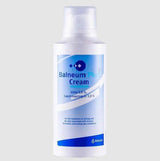






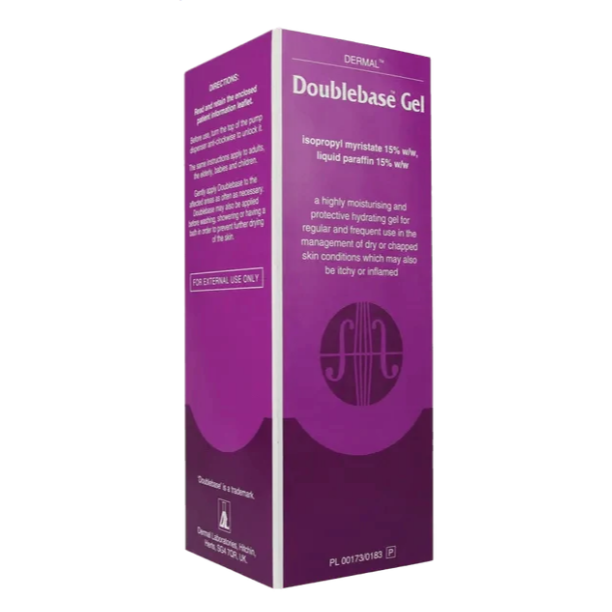


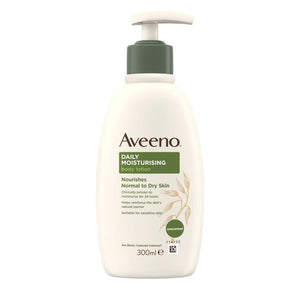





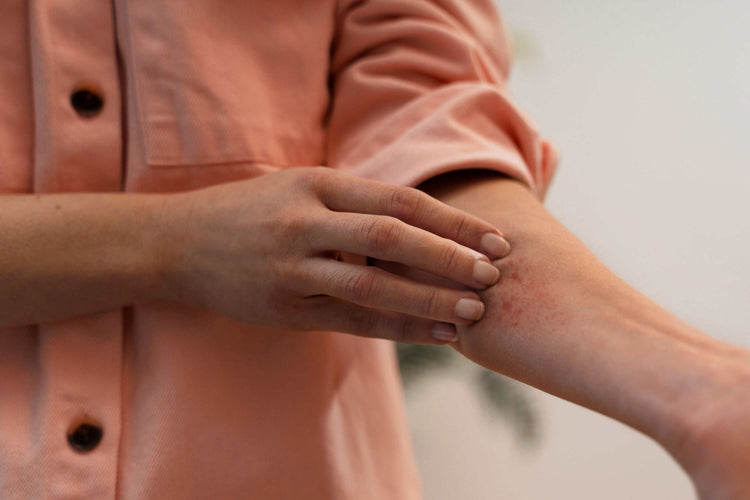
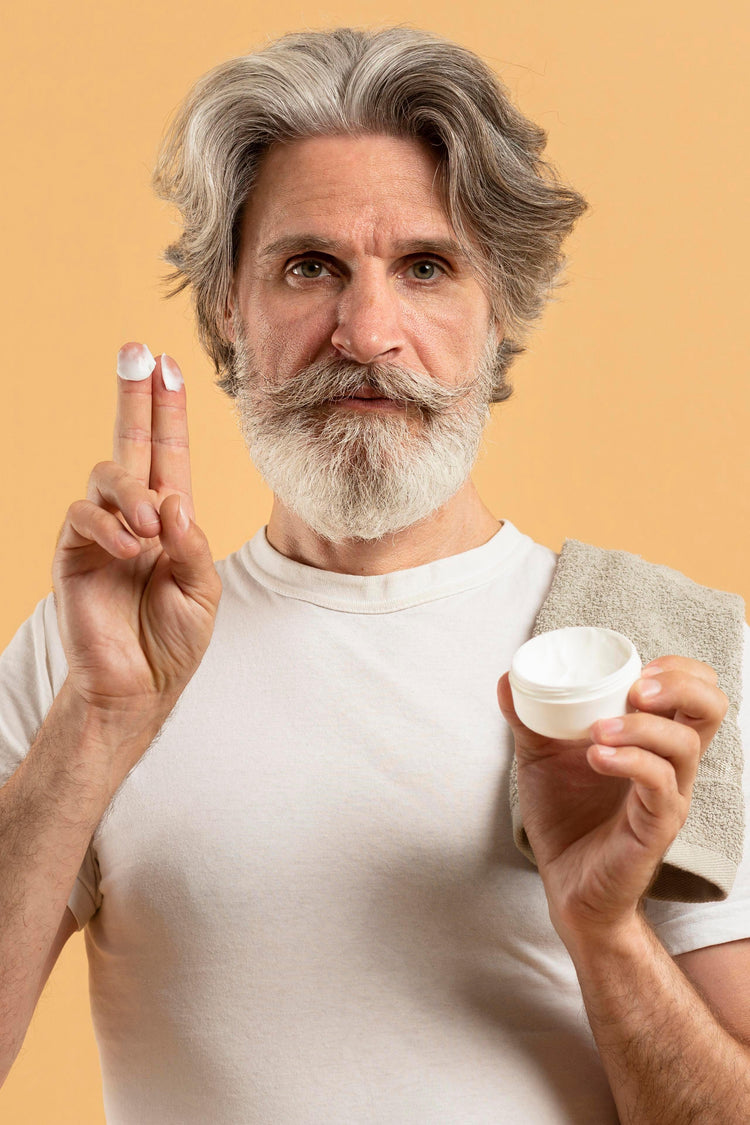
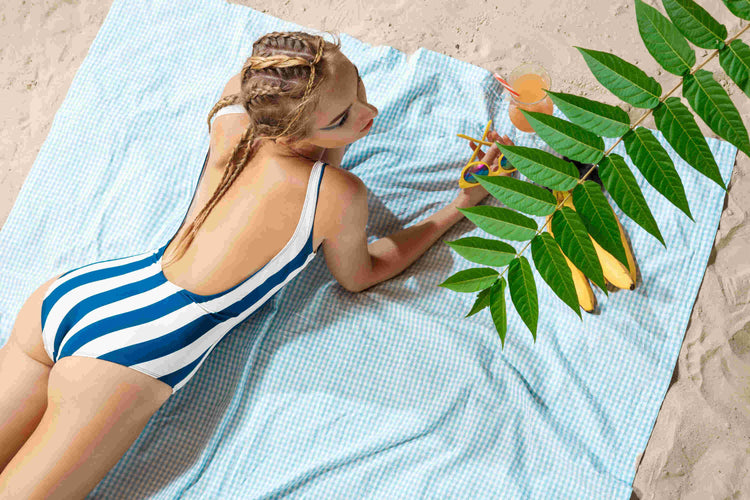


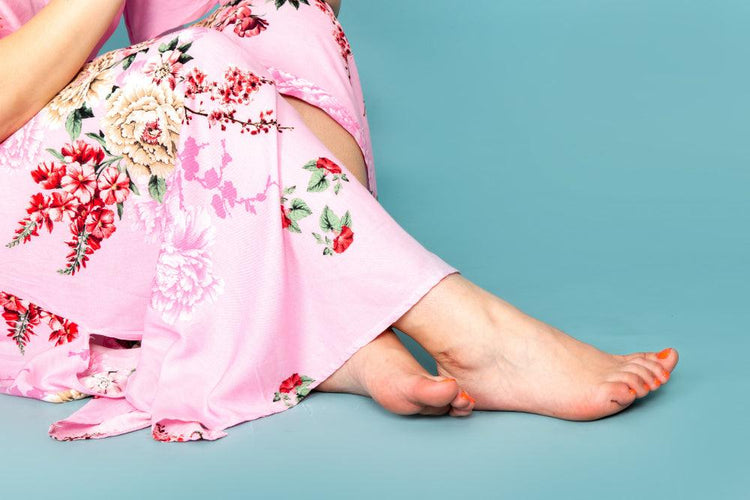
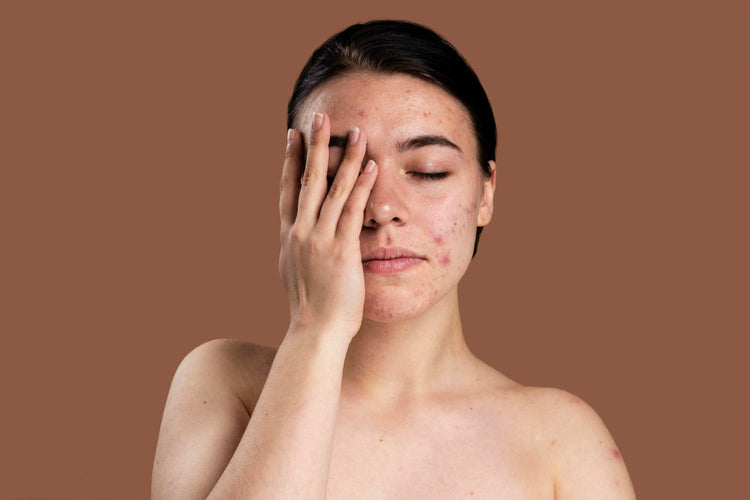
 Rated Excellent by 26,523+ Reviews
Rated Excellent by 26,523+ Reviews